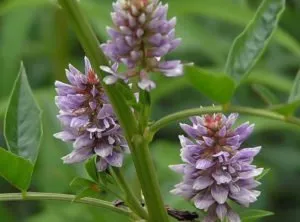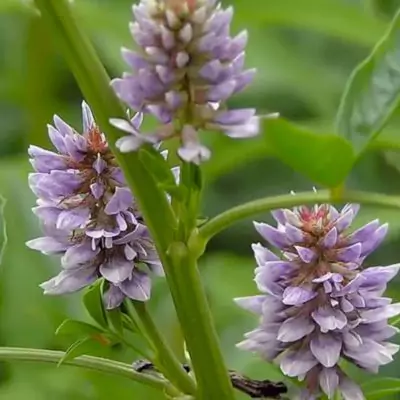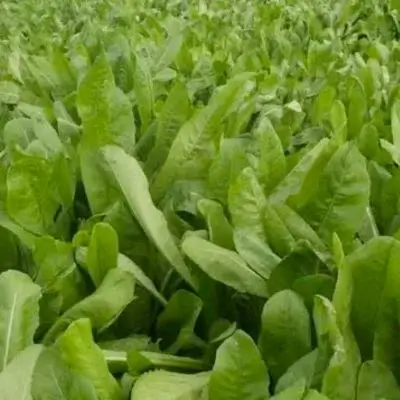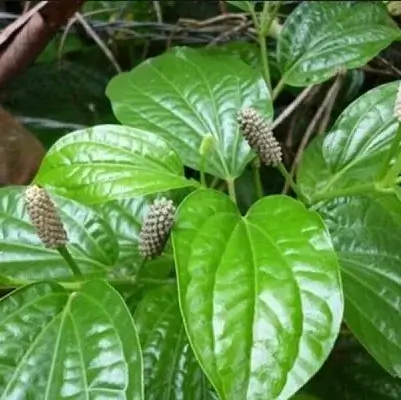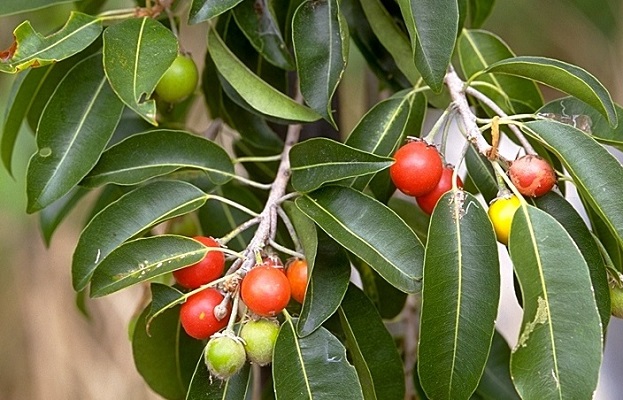On This Page
Yashtimadhu (Glycyrrhiza glabra) – Uses, Benefits and Dosage
Introduction
Yashtimadhu is a tall perennial plant commonly known as Liquorice or Sweetwood. The whole herb is said to have high medicinal value. The name Yashtimadhu indicates that its stem is sweet in taste. Glycyrrhiza glabra is named so because “Glykas” means sweet, “rhiza” means root and “glabra” means smooth and hairless.
Dr. Gupta’s IAFA has conducted various studies on Yashtimadhu to confirm the Ayurvedic action of this herb. Glycyrrhiza glabra helps to pacify Vata and Pitta dosha due to its sweet taste and cold potency respectively. So it is effectively used in various diseases like chronic cough, breathing difficulties, burning sensation, headache etc. Glycyrrhiza glabra or Yashtimadhu has contains different chemical constituents like glycyrrhine, prenylated biaurone, licoagrone, isoflavone, etc. So it can be used as an antimicrobial, antiviral, anti-inflammatory, etc. Due to the properties of this drug, it is effectively used as an antiallergic drug. Due to it’s cold potency, it’s paste can be applied effectively on skin allergic conditions. As it helps in alleviating pitta dosha, Skin diseases like paittika Kushta can be treated effectively by using Yashtimadhu.
Action of Yashtimadhu (Glycyrrhiza glabra) in Allergies
Yashtimadhu (Glycyrrhiza glabra) contains various chemical constituents in its root or stolon powder. The major constituents are glycyrrhine, prenylated biaurone, licoagrone, isoflavone, liqcomarin, glyzaglabrin, quercitin, kaempferol, stragaion, liquiritigennin, isoliquiritigenis, licuraside, liquiritoside, liquoric acid, glabrotide, deoxoglabrotide, glycyrrhizic acid, liconicone, blabridin, liqurazid, liquiritin, glabranine and glabrene. The above-mentioned constituents help Yashtimadhu to act as a Hepatoprotective, Antimicrobial, Antiviral, Spasmolytic, Antiulcer, Antimutagenic, Antipyretic, Antioxidant, Anti-inflammatory and expectorant drug. The photochemical that show anti-inflammatory and anti-allergic activity are found to be effective against cutaneous allergic reactions and can effectively be used in skin allergies.
Vernacular Names
| Hindi name | Mulethi, Jethimadhu |
| Sanskrit name | Yashtimadhu, Madhuka, Kulikitaka, Madhuyashti, Yashtyahva |
| English name | Licorice, Liquorice |
| Tamil name | Athimadhuram, Irattimadhuram |
| Bengali name | Yashtimadhu |
| Marathi name | Jestamadhu |
| Kannada name | Atimadhura, Jeshtamadhu |
| Telugu name | Yashtimadhukam |
| Gujrati name | Jethimadh |
Botanical Name
Glycyrrhiza glabra Linn.
Family
Fabaceae
Ayurvedic Reference of Yashtimadhu

Parts Used of Yashtimadhu (Glycyrrhiza glabra)
Its underground stems and roots are used for medicinal purposes.
Preparation and Dosage of Yashtimadhu (Glycyrrhiza glabra)
- Powder (choornam) – 3-6 gm per day
- Decoction – 30-90 divided doses in a day
Medicinal Properties, Uses and Benefits of Yashtimadhu (Glycyrrhiza glabra)
- Food allergy: In indigestion, vomiting, nausea, anorexia and stomach irritability.
- Chest and nasal allergy: Found very effective in Breathing problems, Cough and Cold, TB, Asthma, Allergic Rhinitis, Sinusitis and Bronchitis in children.
- Skin allergy: Pacifies vata and kapha vitiated skin diseases; useful in skin ailments.
- Fever: Helps to calm down viral fevers.

Have A Health Issue?
Consult Online
- Dr. Sahil Gupta (B.A.M.S., M.H.A.)
Ayurvedic Allergy Specialist
CEO & Founder of IAFA®
Contraindications of Yashtimadhu (Glycyrrhiza glabra)
- In Pregnancy
- Nursing mother
- Hypertensive patients
Home Remedies of Yashtimadhu (Glycyrrhiza glabra)
Yashtimadhu (Glycyrrhiza glabra) is a potent Ayurvedic drug that can be used against many diseases.
- In Hoarseness of voice (Swarabheda) – Intake of rice milk with powder of Yashtimadhu and ghee is very useful in case of hoarseness of voice. It can be taken orally twice a day after food.
- In Hiccup (Hidma) – Pressed snuff of Yashtimadhu powder with honey is effective in Hiccough. 10g of the mixture is taken orally.
- In Anemia (Pandu) – Decoction of Yashtimadhu is useful to relieve Anaemia. The root of Yashtimadhu collected and crushed. It is added with 4 times water and boiled. Then it is reduced to ¼ parts and taken orally.
- In Cough (Kasa) – Powder of Yashtimadhu is used with honey. 6 g of the mixture is taken on a daily basis early in the morning. Taking this mixture for a period of 7 days will reduce Cough immensely.
- In Anorexia (Aruchi) – Intake of powder of Yashtimadhu with honey is very effective in Anorexic conditions. 4-6 g of this mixture taken twice daily will improve anorexic condition.
- In Excessive thirst (Thrishna) – Decoction of Yashtimadhu can effectively be used for reducing thirst. Adequate quantity of the decoction can be drunk.
- In Burning sensation (Daha) – Intake of decoction of Yashtimadhu can be used in case of Burning sensation. 60 ml decoction can be taken orally twice a day.
Ayurveda is accepted all over the world as a science for leading a natural friendly lifestyle. Dr. Gupta’s IAFA is promoting Ayurveda through various awareness programs as well herbal product manufacturing to help thousands of Ayurveda followers.
Follow Ayurveda and live a lively life
Reach IAFA for real Ayurveda!!!
Was this Page Helpful?
Read More Articles

Kasini (Cichorium intybus)
Know about the uses, benefits, and medicinal properties of Chicory, Kasini (Cichorium…

